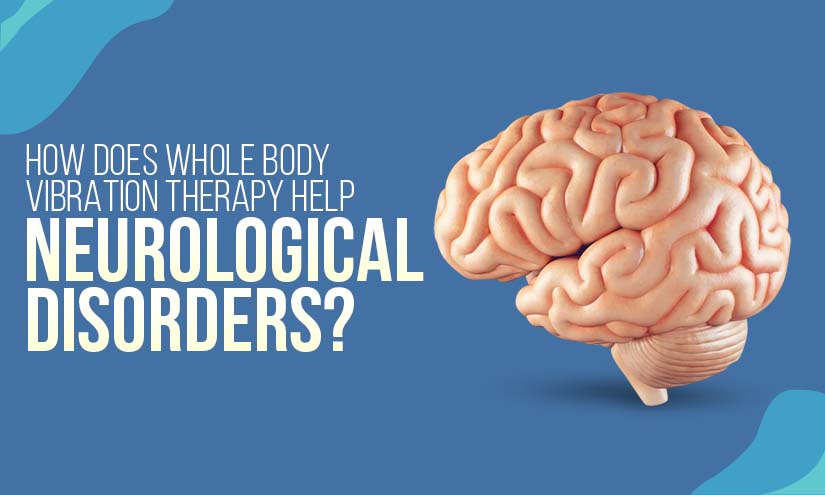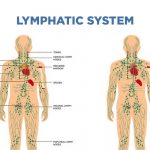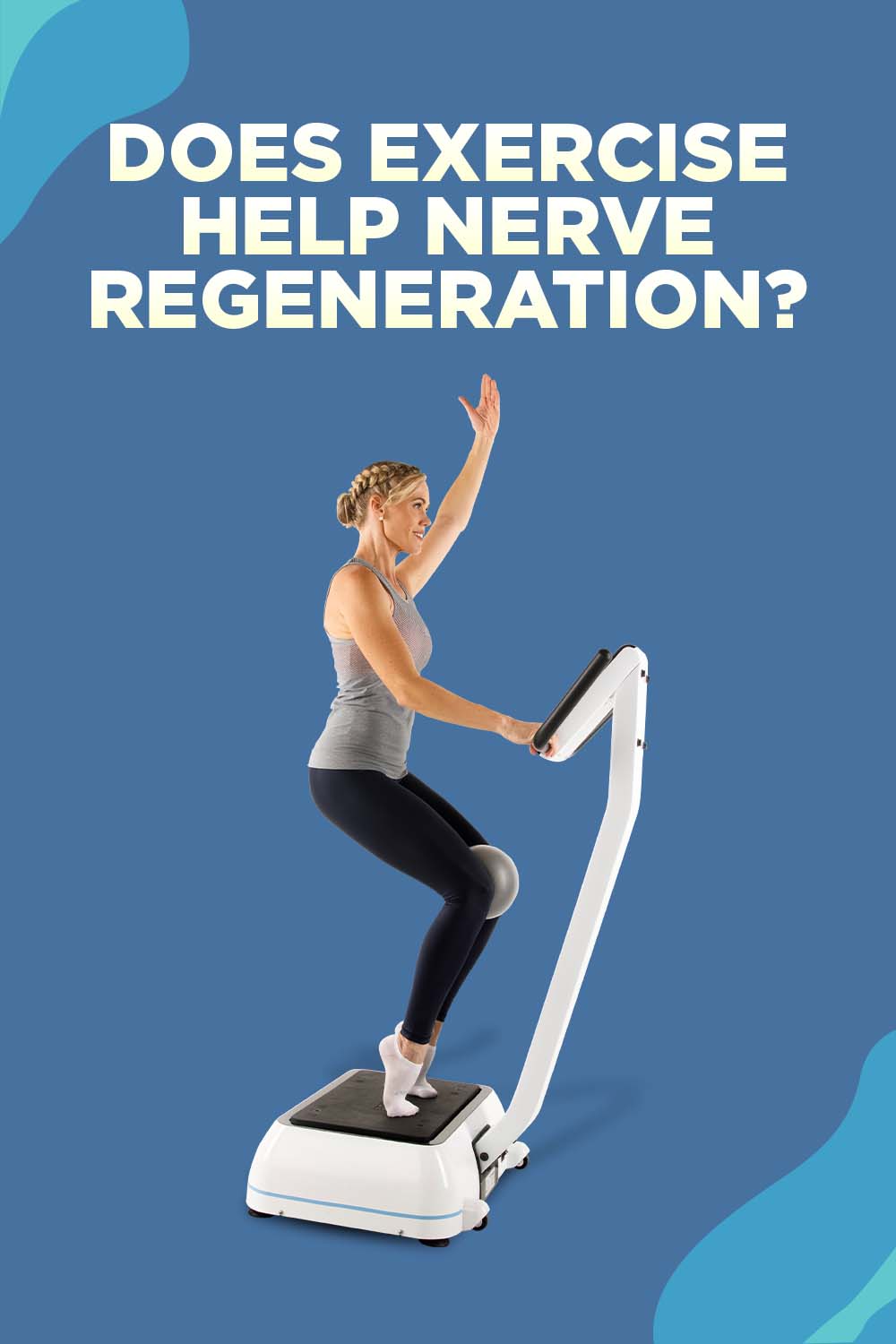How Does Whole Body Vibration Therapy Help Neurological Disorders?

Neurological disorders are medical conditions that impact the central and peripheral nervous systems. That includes the spinal cord, brain, peripheral nerves, neuromuscular junctions, and the muscles. When affected by biochemical, electrical, or structural abnormalities, the health of these organs can suffer tremendously, resulting in a range of illnesses. Alzheimer’s disease, Parkinson’s disease, epilepsy, multiple sclerosis, and neuropathy, are just some of the most common examples.
So far, scientists have discovered various treatment methods for tackling neurological disorders, varying in level of success and application. New scientific trials are constantly being conducted to find better and more successful approaches for addressing the pathological conditions of our nervous system. One of the latest additions in that area is whole body vibration therapy.
Does vibration help nerve damage?
There is no doubt, whole body vibration therapy (WBVT) has become increasingly popular lately. The type of exercise that is performed on a body vibration machine has proven useful in more or less every area of human health. Stronger bones, bigger muscle mass, better circulation, quicker physical recovery, and reduced body mass index, are just some of the numerous examples.
The machine consists of a vibration platform that produces high-frequency mechanical oscillations. The frequency of these oscillations is typically within the range of 5 – 40 Hz, which is high enough to make the muscles contract at a greater rate. All that is required from you is to stand, sit, or lie down on the plate for 15 – 20 minutes a day, 3 – 4 days a week. And thanks to the newer and more compact models currently on offer, you can have the equipment delivered straight to your door.
Indeed, whole body vibration therapy has been proven beneficial in many areas of human health. More recent studies have been testing the activity with regards to another area of application, namely neurological disorders. The number of scientific data on the subject has been growing steadily, revealing some pretty positive results. For instance, It has become evident that WBVT stimulates and promotes the healing of damaged hard and soft tissues, including impaired nerve fibers.
Who should not use whole-body vibration?
Whole body vibration therapy offers a low-impact type of exercise that is considered safe for the majority of the human population. The vibration frequency, the G-force, and the amplitude that are produced by the most reputable brands, like Hypervibe, have been vigorously tested and proven favorable for most of us. Unfortunately, that does not apply to some demographic groups.
Typically, users have been shown to experience positive health results in a much shorter time and with much less effort, compared to conventional physical activity. As indicated by various studies, such as this one, the therapy is gentle to the joints, leaving no space for side effects. Nevertheless, specialists have concluded that people with certain medical conditions, and in specific life stages should stay away from the vibrating platform.
Persons who should not use whole-body vibration include:
- Those who had a recent operation, head or orthopedic injury
- People who have been recently fitted with bolts or metal pins
- Gallstones or kidney stones sufferers
- Individuals with cardiovascular disease
- Persons who suffer from acute hernia
- Pregnant women
Does vibration make neuropathy worse?
To answer this question adequately, we should make an important clarification – not all vibrations are equal. Some vibrations are detrimental to human health, while others have been exhibiting favorable outcomes for our well-being. Among the factors that must be taken into consideration here are the vibration frequency range and the exposure time.
For example, occupational vibration which is characterized by extremely high vibration frequencies (over 100 Hz) and overly prolonged durations (6 – 8 hours a day, 5 – 6 days a week), has been shown to negatively impact human health. Whole body vibration therapy, on the other hand, features frequencies within the range of 5 to 40 Hertz, and average daily session duration of no more than 20 – 30 minutes.
To summarize, occupational vibration would make neuropathy worse, while whole-body vibration wouldn’t. What is even more, according to scientific findings, WBVT has been found helpful for alleviating the symptoms of neuropathy, as indicated by this case study. Just make sure to adjust the setting accordingly and stay within the recommended session durations.
Does whole body vibration therapy help neuropathy?
Neuropathy, commonly referred to as peripheral neuropathy, is a pathological condition that affects the peripheral nervous system. The peripheral nervous system is the body’s network of nerves that are located outside the brain and spinal cord, both of which together form the central nervous system.
Neuropathy is typically characterized by tingling sensations, numbness, muscle fatigue, and pain in the impacted area. Most often, the disease starts at the extremities like hands and feet, but could also affect other parts of your body. Sufferers often find it difficult to maintain a normal body balance, walk, or go up and down the stairs.
One of the leading causes of neuropathy in the USA is diabetes, even though other developmental factors also exist. Depending on the stage and severity of the disease, some forms are treatable, while other forms allow only for controlling the symptoms and managing further damage of the nerves.
Whole body vibration therapy has been found useful in both cases, especially when it comes to reducing the symptoms and preventing further progression of the neuropathic condition. The regular use of the vibrating platform has been associated with:
- Stimulated muscle strength
- Better postural control
- Improved body balance
- Increased sensations in the limbs
- Reduced pain
Does exercise help nerve regeneration?
It has been estimated that about 20 million people in the United States live with some form of neuropathy. The majority of the treatment options usually focus on alleviating the pain and addressing the underlying causes of the illness. One of the available interventions that have been proven helpful in that direction is physical activity. Scientific evidence suggests that exercise can preserve the body’s nerve function and even promote further nerve regeneration.
Among the 3 main forms of physical activity that have been found ideal for people suffering from neuropathy are stretching, balance, and aerobics. These types of exercise increase the blood flow to tissues, promote flexibility, boost energy levels, and activate the nerves signaling pathways. In that line of words, whole body vibration therapy has been shown to cover all of the above-mentioned 3 forms of exercise.
Final words
Neurological disorders, such as neuropathy, can be extremely complex medical conditions, both to diagnose and treat. Luckily, scientists keep coming up with new and better ways for addressing these illnesses that are safe alternatives to simply medicating the symptoms. These approaches are designed to rebuild and rejuvenate the damaged nerves and to improve their functionality.
One of the latest additions in that direction is whole body vibration. So far the exercise has been implemented in numerous scenarios related to our health and has revealed some truly impressive results. Stronger muscles, denser bones, improved blood circulation, faster physical recovery, and reduced body weight, are just some of them.
More recently, the activity has been tested in another medical setting that deals with neurological disorders. The outcomes have been pretty intriguing, placing the vibration exercise among the most useful methods for managing neurological conditions, including peripheral neuropathy, dementia, and multiple sclerosis, among others.
References (in order of appearance)








